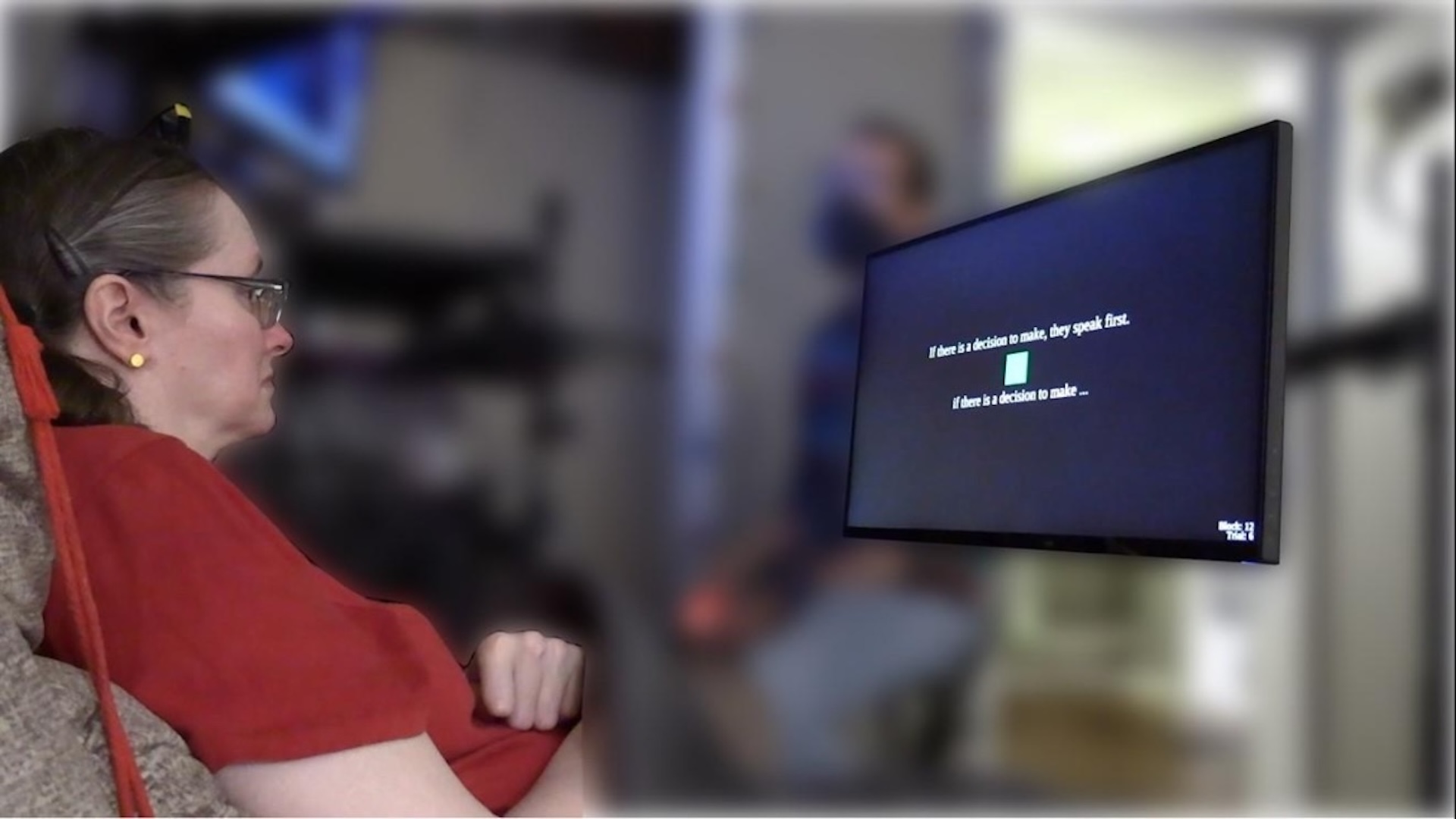The 10 Most Outrageous Military Experiments
Super soldiers
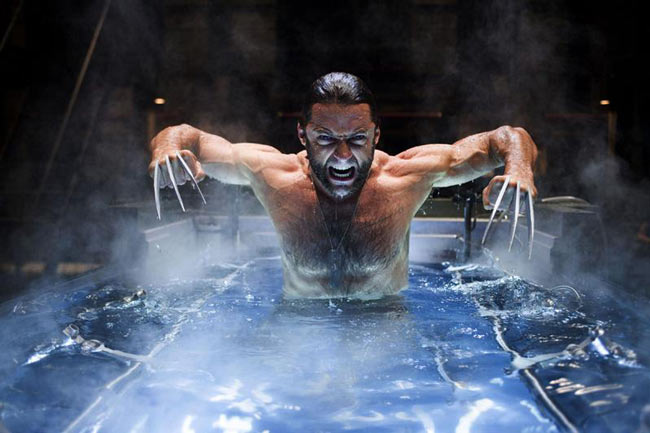
A super soldier program produces Marvel superhero Wolverine in the movie "X-Men Origins: Wolverine," along with rivals Sabretooth and Weapon XI. Now LiveScience looks back on real experiments that the U.S. government ran on soldiers and citizens to advance the science of war.
The military didn't replicate Wolverine's indestructible skeleton and retractable claws. Rather, they shot accident victims up with plutonium, tested nerve gas on sailors, and tried out ESP. While some of the tests seem outlandish in hindsight, the military continues to push the envelope in seeking new warfare techniques based on cutting-edge science and technology.
"My measure of success is that the International Olympic Committee bans everything we do," said Michael Goldblatt, former head of DARPA's Defense Sciences Office, while talking with reporters. And that's not a Hollywood script.
Build your inner armor

Perhaps super soldiers may not be far off after all, if efforts such as DARPA's "Inner Armor" project find success. Consider efforts to give humans the extreme abilities of some animals, such as the high-altitude conditioning of the bar-headed Goose that has been known to crash into jet aircraft at more than 34,000 feet. Scientists are also eying the Steller sea lion, which redirects blood flow away from non-critical organs during deep sea dives and reduces oxygen demand. "I do not accept that our soldiers cannot physically outperform the enemy on his home turf," said Dr. Michael Callahan, who heads the project at DARPA's Defense Sciences Office, during a 2007 presentation. The goal is to make soldiers "kill-proof" against all sorts of conditions, including infectious diseases, chemical, biological and radioactive weapons, temperature and altitude extremes, and harsh natural environments. Sounds like a certain mutant superhero.
24/7 Warrior
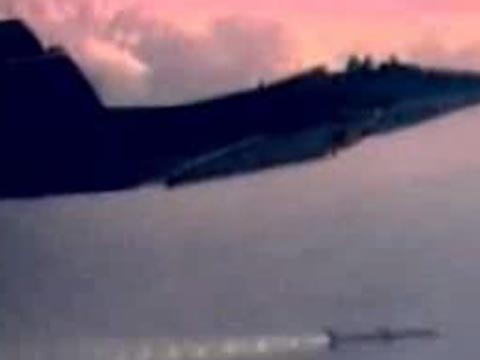
Sleep can be a warrior's worst enemy, whether during day-long battles or long-duration missions flown from halfway around the world. But various military branches have tried to change that over the years by distributing "go pills" or stimulants such as amphetamines. More recently, the military has tested and deployed the drug modafinil – more commonly known under brands such as Provigil – which has supposedly enabled soldiers to stay awake for 40 hours straight without ill effect. And the U.S. Defense Advanced Research Projects Agency (DARPA) is funding even more unusual anti-sleep research, such as transcranial magnetic stimulation that zaps the brain with electromagnetism.
Psychic vision

Psychics may not hold much credibility among scientists, but the Pentagon spent roughly $20 million testing extrasensory (ESP) powers such as remote viewing from 1972 to 1996. Remote viewers would try to envision geographical locations that they had never seen before, such as nuclear facilities or bunkers in foreign lands. Mixed results led to conflicts within the intelligence agencies, even as the project continued under names such as "Grill Flame" and "Star Gate," and led to spooks finally abandoning the effort. The CIA declassified such information in files released in 2002.
Nerve gas spray

Threats of chemical and biological warfare led the U.S. Department of Defense to start "Project 112" from 1963 to the early 1970s. Part of the effort involved spraying different ships and hundreds of Navy sailors with nerve agents such as sarin and VX, in order to test the effectiveness of decontamination procedures and safety measures at the time. The Pentagon revealed the details of the Project Shipboard Hazard and Defense (SHAD) project in 2002, and the Veterans Administration began studying possible health effects among sailors who participated in SHAD. This was just one of many chemical warfare experiments conducted by the U.S. military, starting with volunteer tests involving mustard gas in World War II.
Get the world’s most fascinating discoveries delivered straight to your inbox.
Hallucinogenic Warfare

Psychoactive drugs such as marijuana, LSD and PCP don't just have street value: Researchers once hoped the drugs could become chemical weapons that disabled enemy soldiers. U.S. Army volunteers took pot, acid and angel dust at a facility in Edgewood, Md. From 1955 to 1972, although those drugs proved too mellow for weapons use. The Army did eventually develop hallucinogenic artillery rounds that could disperse powdered quinuclidinyl benzilate, which left many test subjects in a sleep-like condition for days. The National Academy of Sciences conducted a study in 1981 that found no ill effects from the testing, and Dr. James Ketchum published the first insider account of the research in his 2007 book "Chemical Warfare: Secrets Almost Forgotten."
Falling near the speed of sound

When the U.S. Air Force wanted to find out how well pilots could survive high-altitude jumps, they turned to Captain Joseph Kittinger, Jr. The test pilot made several jumps as head of "Project Excelsior" during the 1950s. Each time involved riding high-altitude Excelsior balloons up tens of thousands of feet, before jumping, free falling and parachuting to the desert floor in New Mexico. Kittinger's third record-breaking flight on August 16, 1960 took him up to 102,800 feet, or almost 20 miles. He then leaped and freefell at speeds of up to 614 mph, not far from the speed of sound's 761 mph, and endured temperatures as low as minus 94 degrees Fahrenheit.
Pacifist guinea pigs
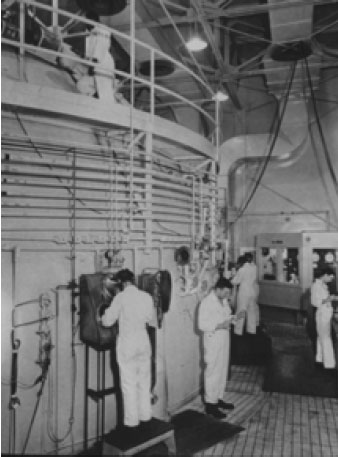
Most soldiers don't sign up to fight deadly viruses and bacteria, but that's what more than 2,300 young Seventh-Day Adventists did when drafted by the U.S. Army. As conscientious objectors during the Cold War who interpreted the Bible's commandment "Thou shalt not kill" very literally, many volunteered instead to serve as guinea pigs for testing vaccines against biological weapons. Volunteers recalled being miserable for several days with fever, chills and bone-deep aches from diseases such as Q fever. None died during the secretive "Operation Whitecoat," which took place at Fort Detrick, Maryland from 1954 to 1973.
Rocket rider

Before man could launch into orbit and to the moon, he rode rocket sleds on the ground first. NASA scientists developed decompression sleds that could race at speeds of more than 400 mph before screeching to an abrupt halt, and early testing often had fatal results for chimpanzee subjects that suffered brain damage. Starting in 1954, Colonel John Stapp of the U.S. Air Force endured grueling tests that subjected his body to forces 35 times that of gravity, including one record-setting run of 632 miles per hour. As a flight surgeon, he voluntarily took on the risks of 29 sled runs, during which he suffered concussions, cracked ribs, a twice-fractured wrist, lost dental fillings, and burst blood vessels in both eyes.
Get your plutonium shot

As the United States raced to build its first atomic bombs near the end of World War II, scientists wanted to know more about the hazards of plutonium. Testing began on April 10, 1945 with the injection of plutonium into the victim of a car accident in Oak Ridge, Tenn., to see how quickly the human body rid itself of the radioactive substance. That was just the first of over 400 human radiation experiments. Common studies included seeing the biological effects of radiation with various doses, and testing experimental treatments for cancer. Records of this research became public in 1995, after the U.S. Department of Energy published them.
Seeing infrared
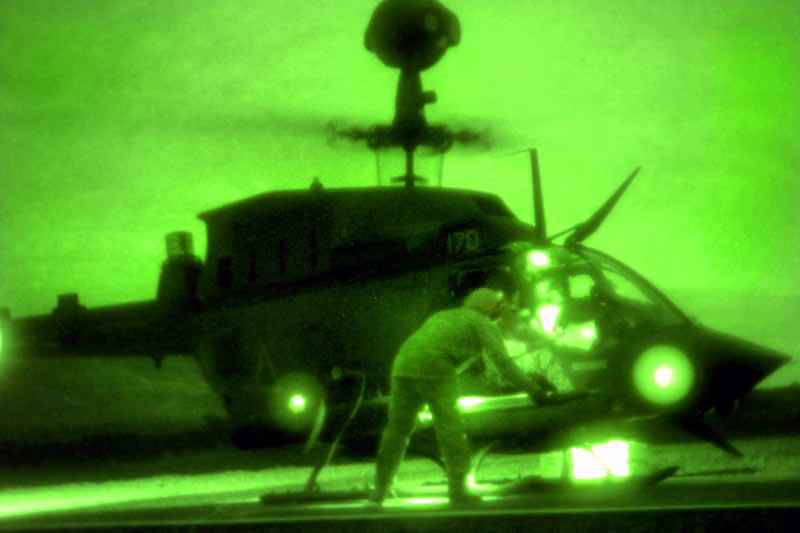
The U.S. Navy wanted to boost sailors' night vision so they could spot infrared signal lights during World War II. However, infrared wavelengths are normally beyond the sensitivity of human eyes. Scientists knew vitamin A contained part of a specialized light-sensitive molecule in the eye's receptors, and wondered if an alternate form of vitamin A could promote different light sensitivity in the eye. They fed volunteers supplements made from the livers of walleyed pikes, and the volunteers' vision began changing over several months to extend into the infrared region. Such early success went down the drain after other researchers developed an electronic snooperscope to see infrared, and the human study was abandoned. Other nations also played with vitamin A during World War II – Japan fed its pilots a preparation that boosted vitamin A absorption, and saw their night vision improve by 100 percent in some cases.

